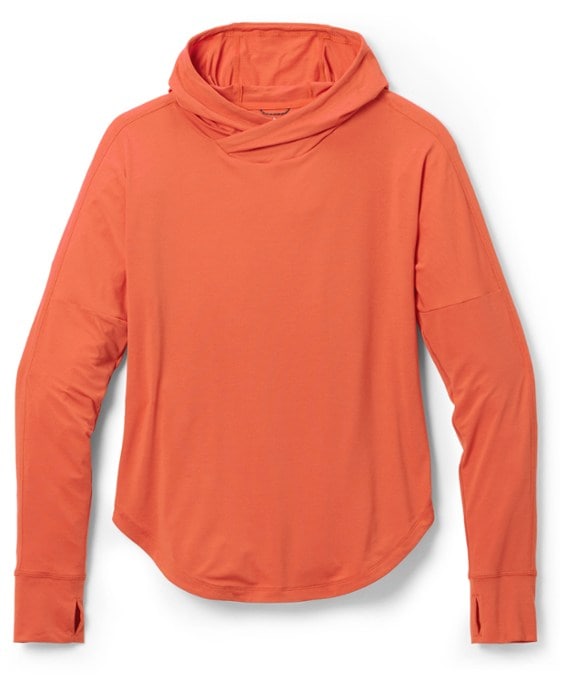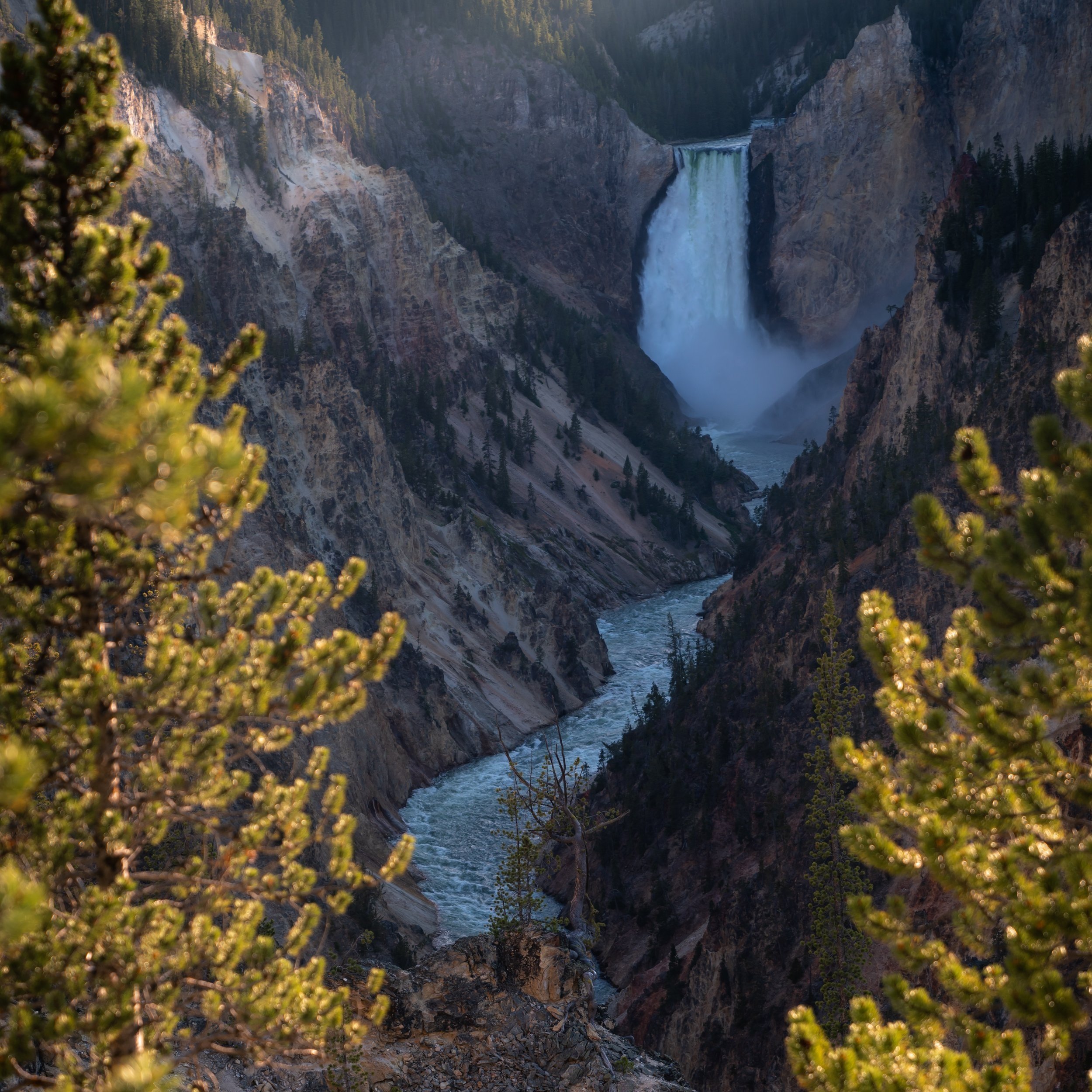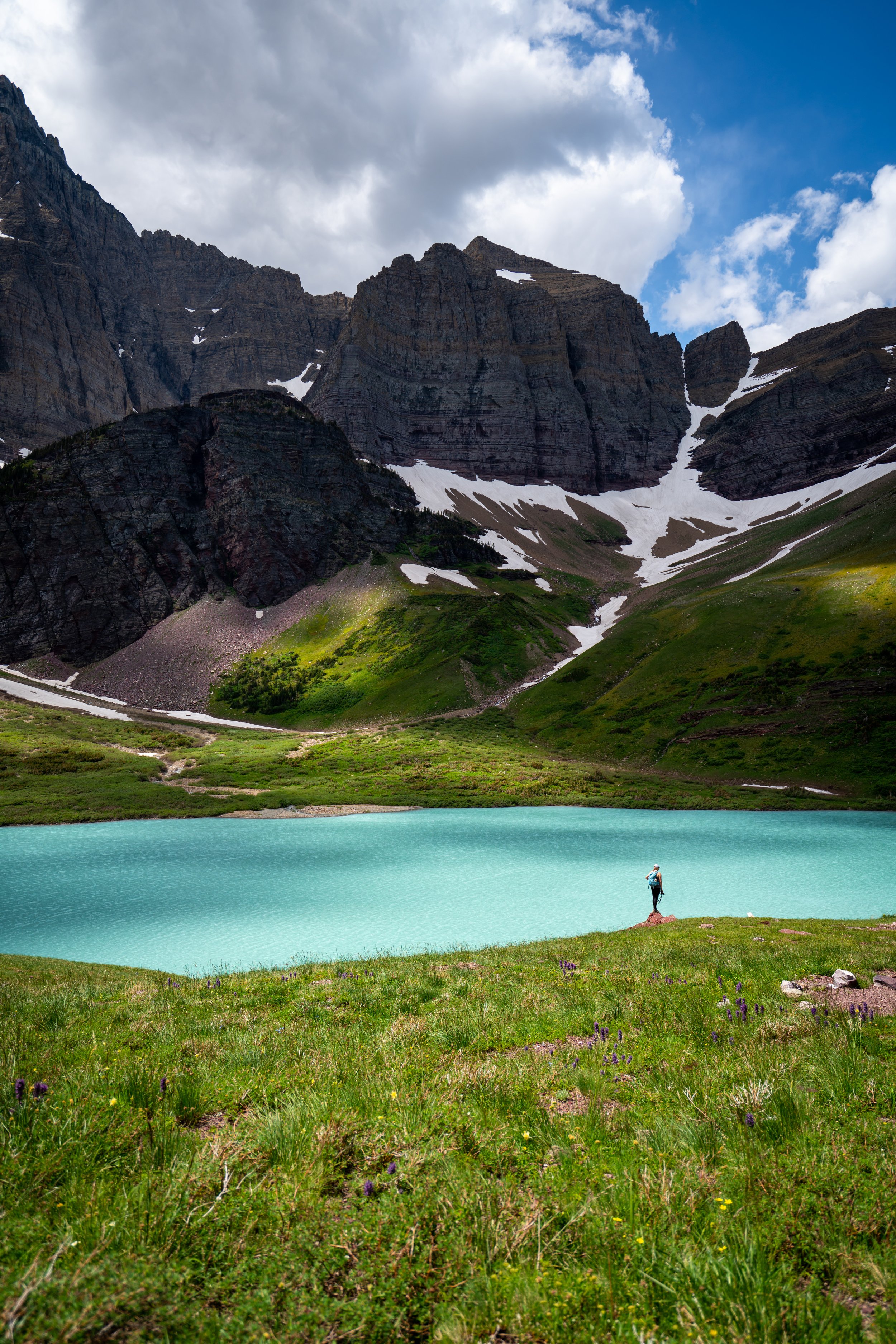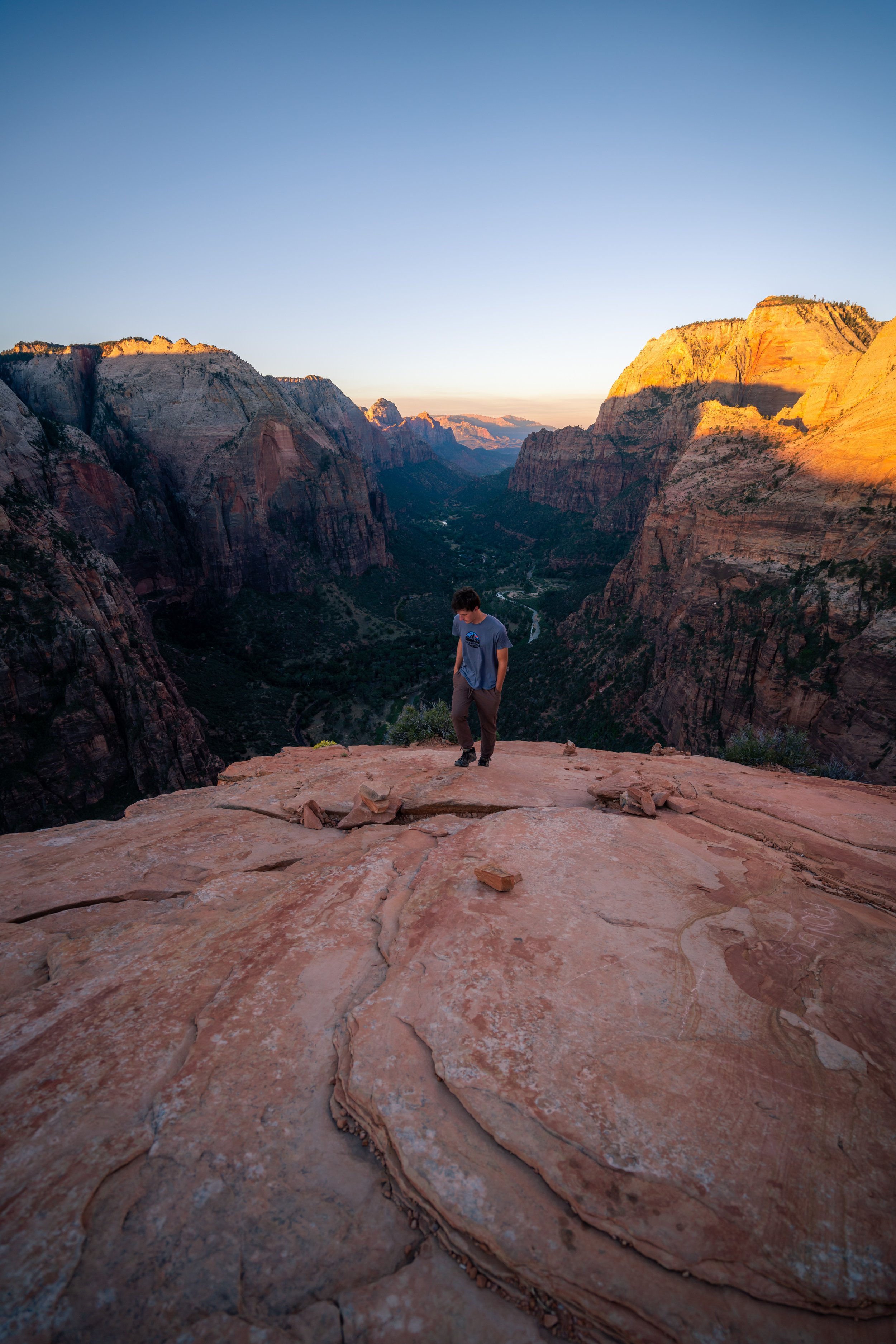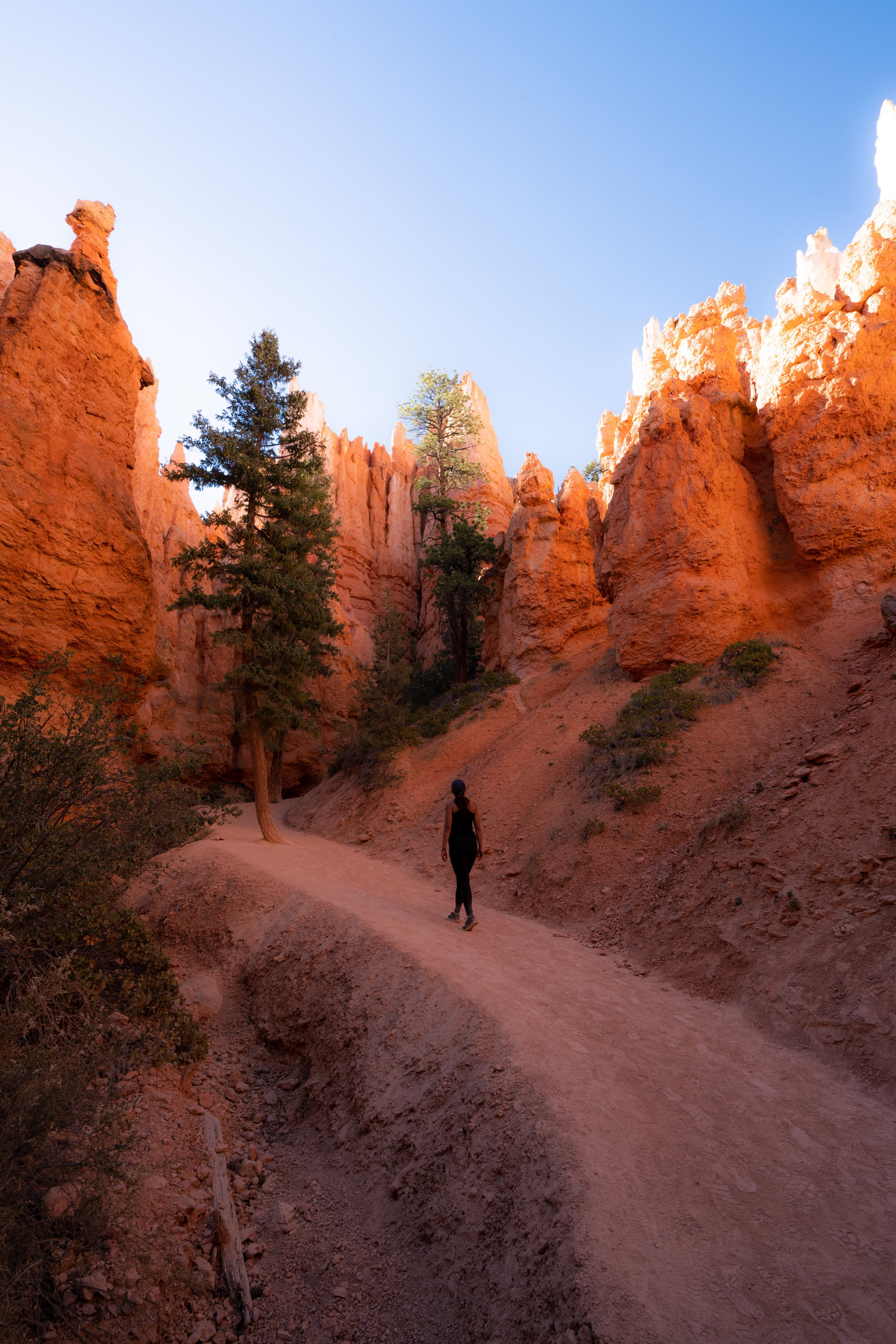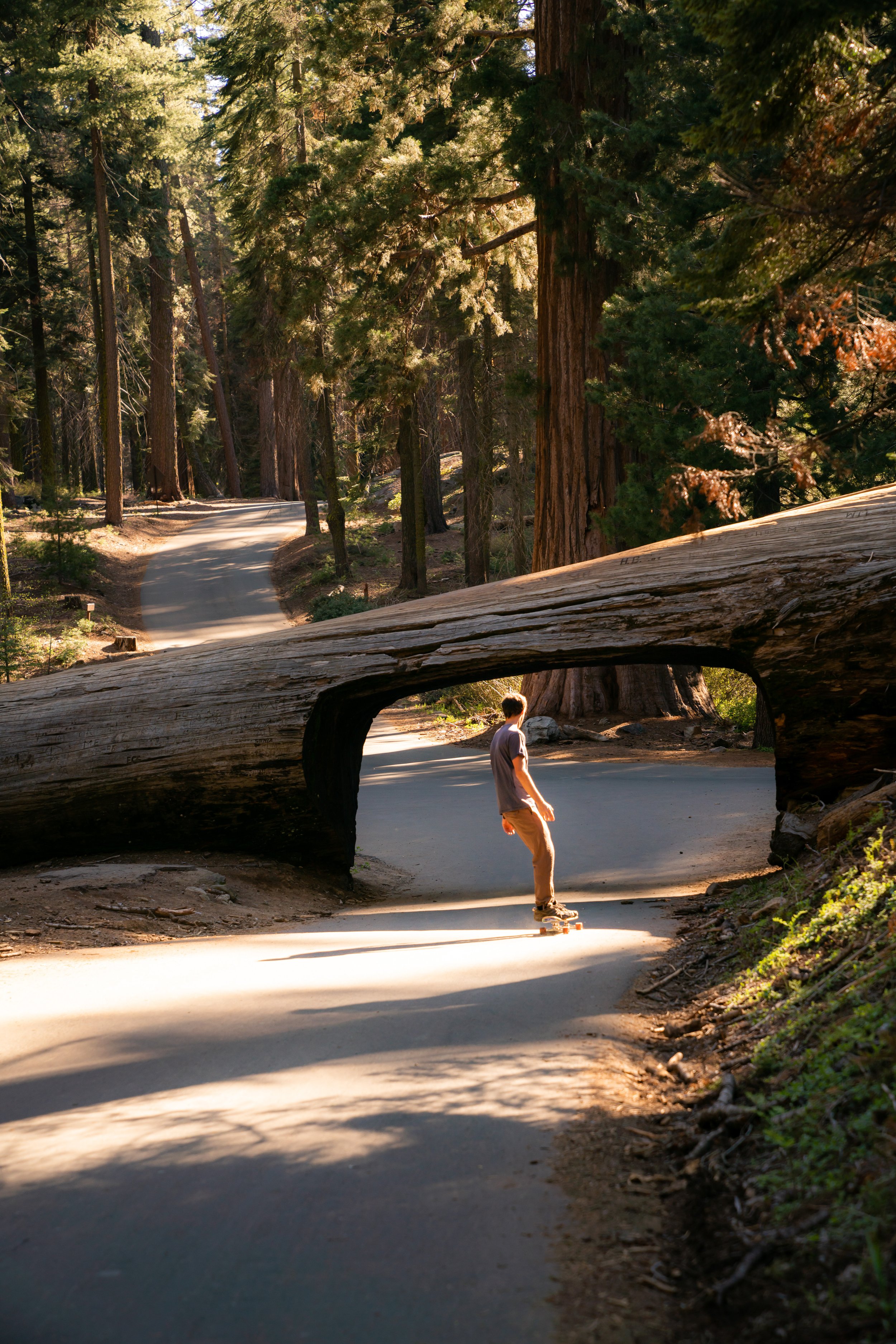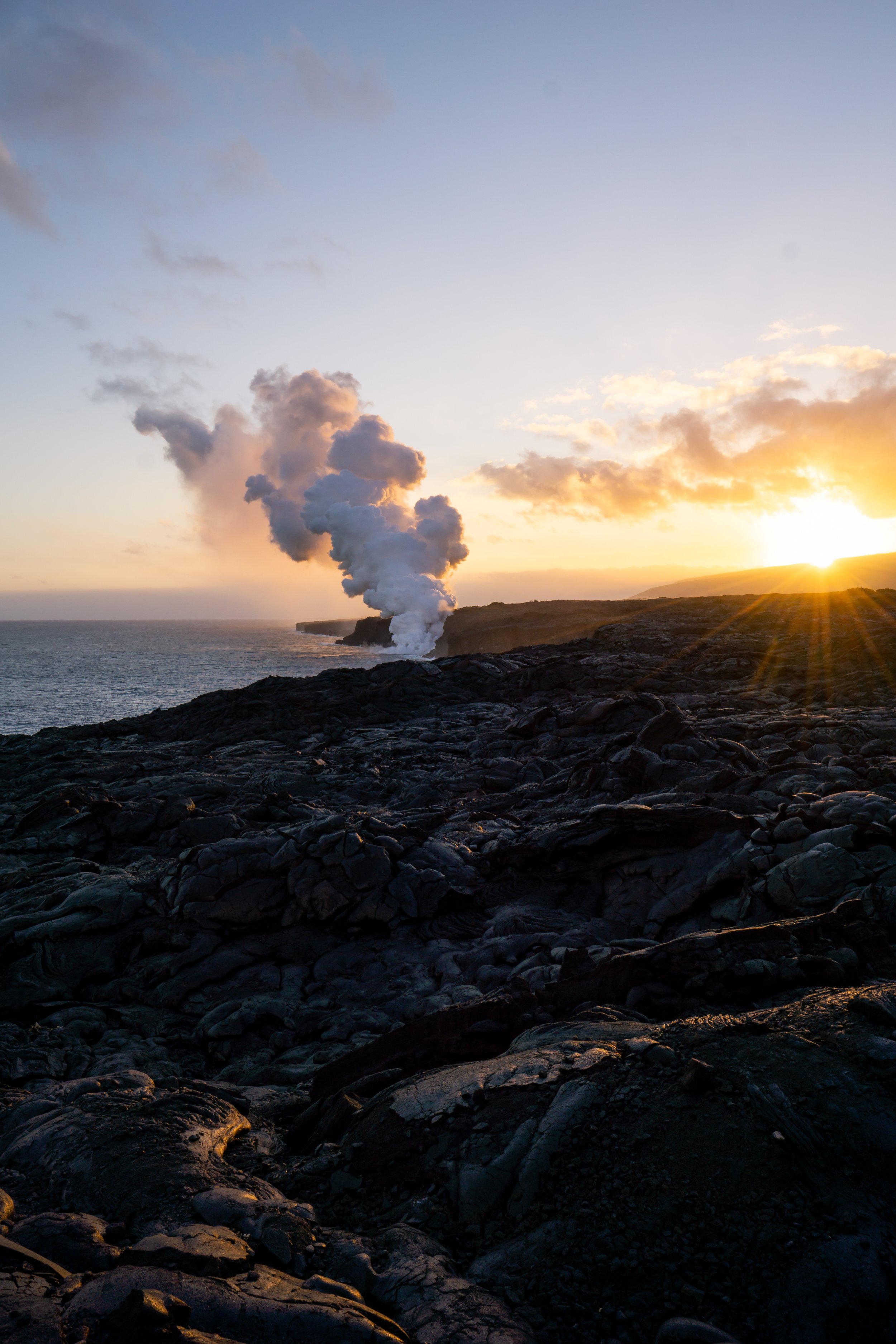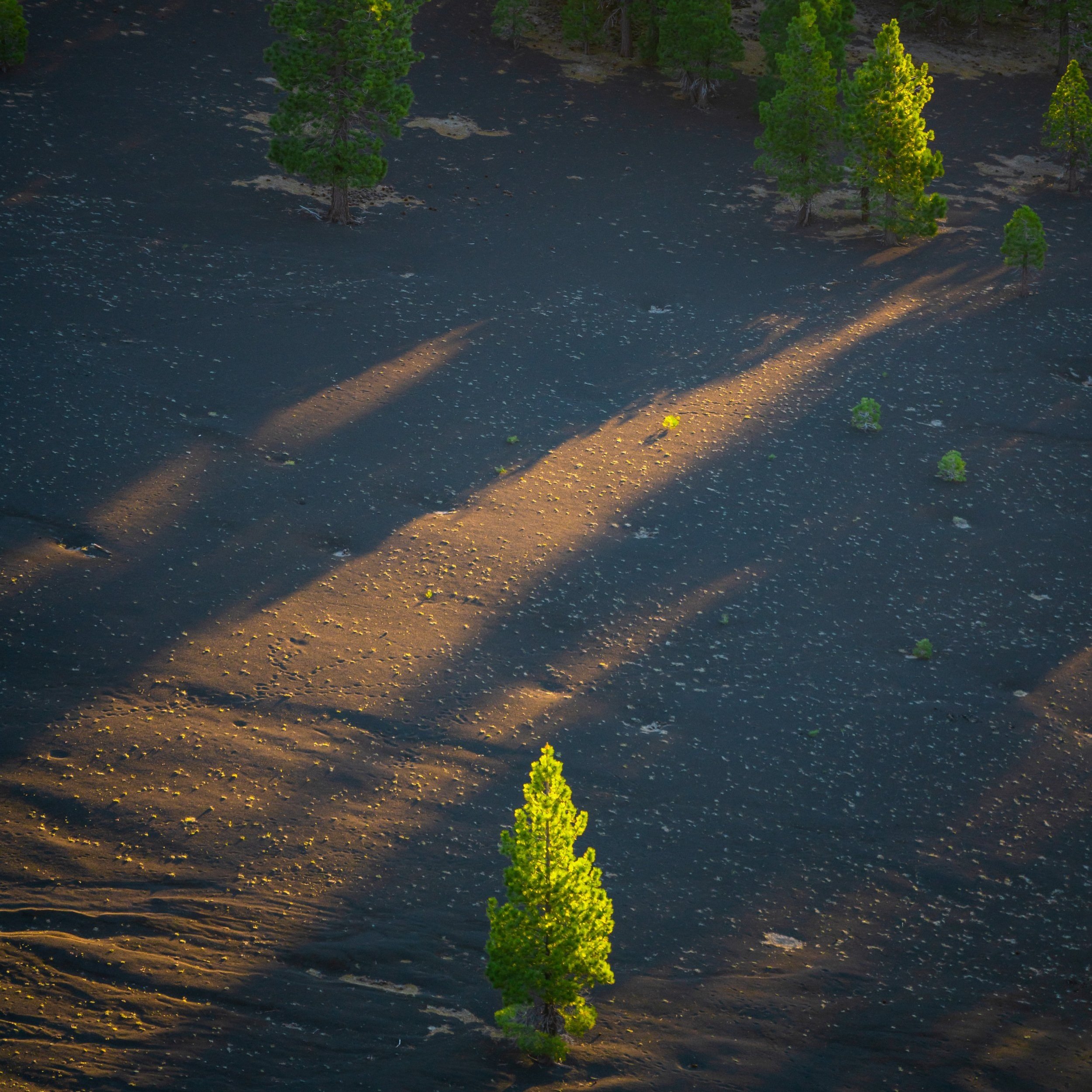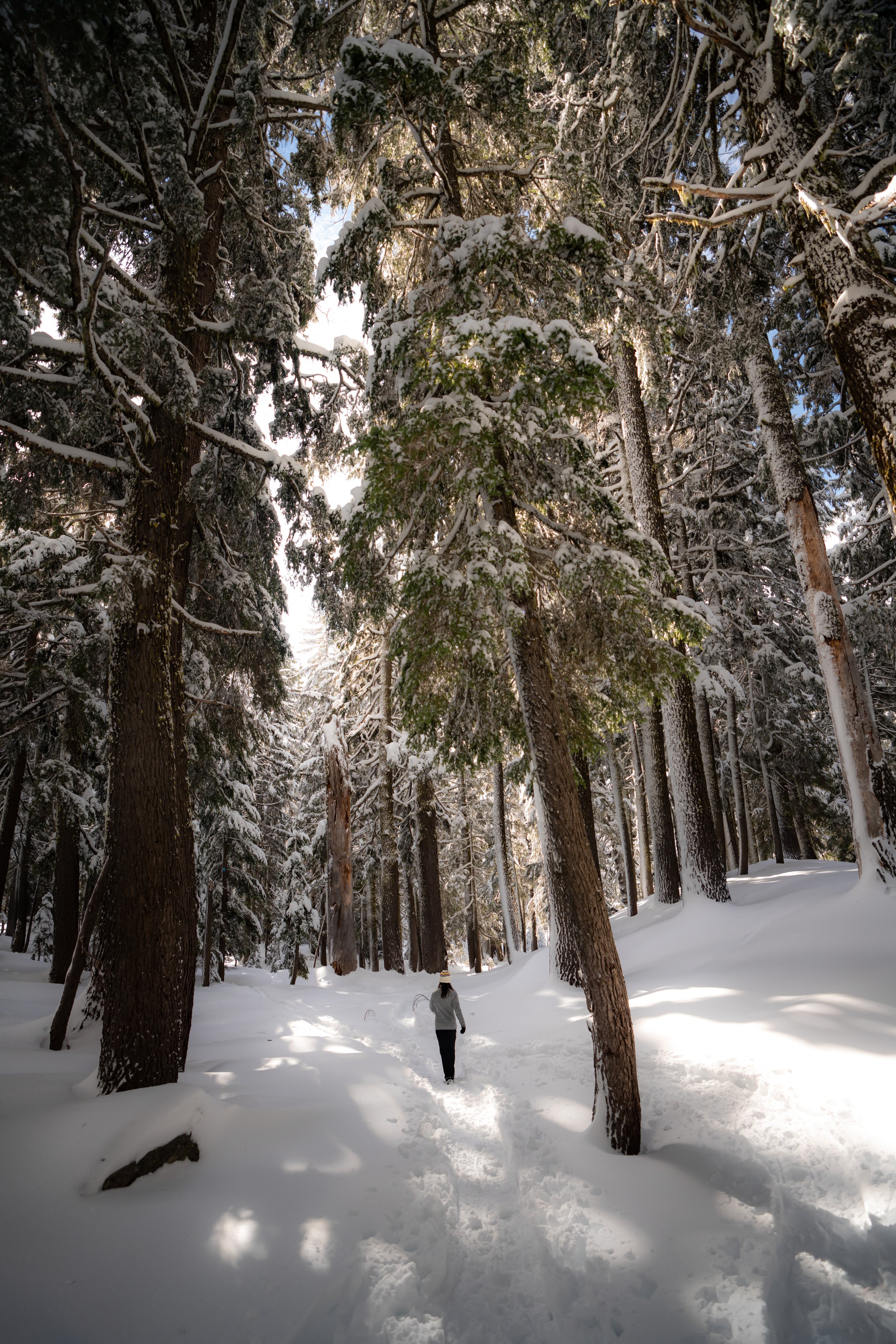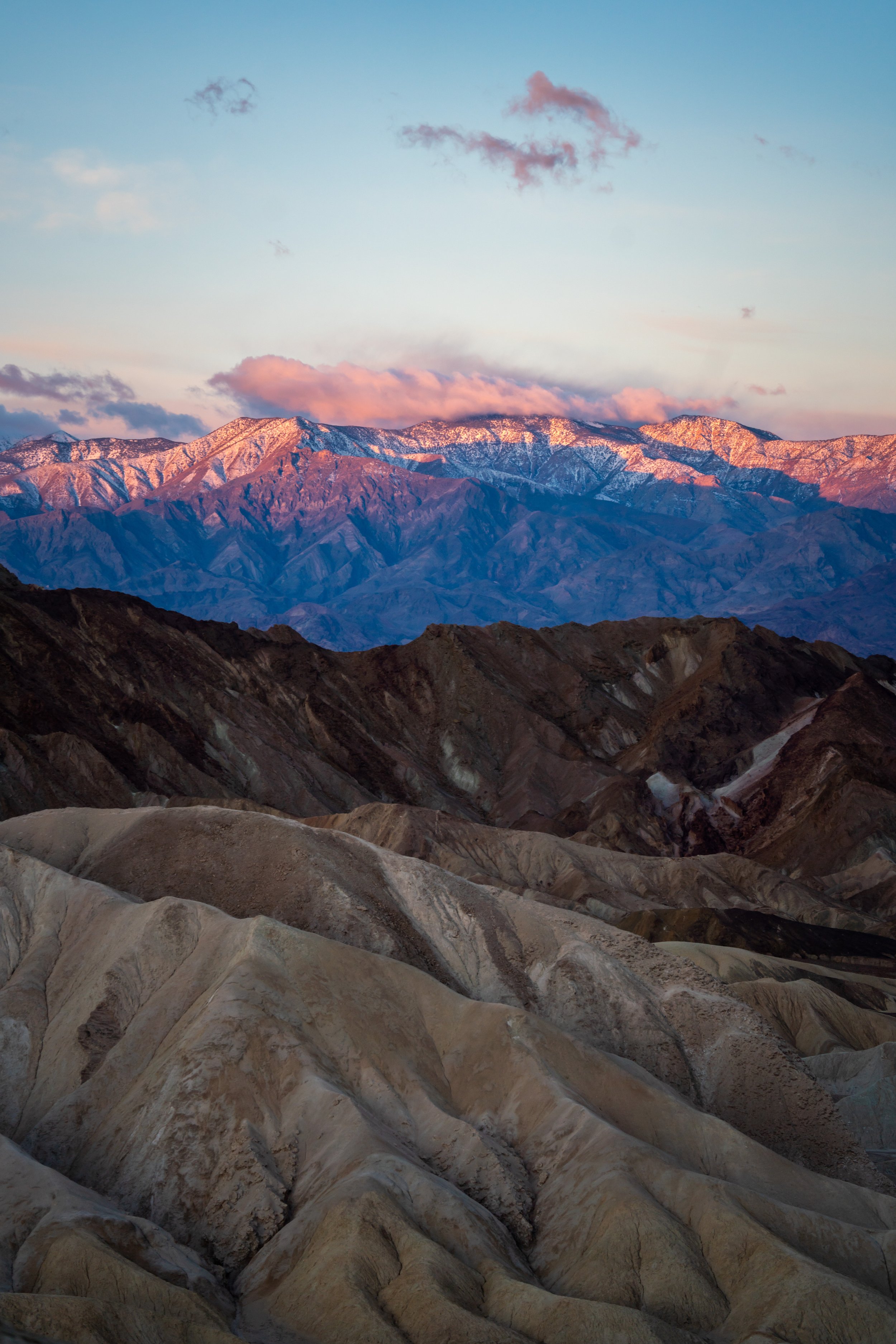11 Best Things to Do in Death Valley National Park
Death Valley National Park is one of the most beautiful desert landscapes in the country, and in order to truly enjoy this paradise below sea level, you will want to come prepared to hike numerous trails around the park.
That being said, Death Valley can also be one of the most unforgivable parks at any time of the year. For your own safety, take the hiking list below seriously! In Death Valley, water, good shoes, and sun protection are nothing to take lightly.
Hiking Checklist - Death Valley
Obviously, for camping, you will need general backpacking gear. For this reason, I wrote a separate post about what backpacking gear is worth the money, from my experience, and what the best alternatives are to save you money.
Read My Separate Post: Best Ultralight Backpacking Gear
In addition, here is a complete list of must-have things that you will want for any hike in Death Valley National Park.
Osprey 3L Water Bladder - The Osprey 3L water bladder is the most universal hiking and backpacking water bladder on the market, and it’s my go-to because of the slide-off seal that allows it to be quickly filled from the top. Additionally, individual parts are easily replaceable, such as the bite valve.
Blister / Heel Protectors - I swear by these cheap, amazing heel protectors to prevent blisters for nearly every kind of hiking and backpacking that I do!
Black Diamond Headlamp - Personally, I recommend the Black Diamond Storm because it is one of the brightest, lightest, and longest-lasting headlamps on the market—and trust me, the weight-to-battery-life ratio really does matter!
Hiking / Trail Running Shoes - Depending on the type of trail, I prefer to use either the Keen Targhee for longer, more rugged hiking or the HOKA Zinal Trail-Running Shoe for lighter, less intense trails. In either case, both have been amazing to me for many years across countless environments, and both can be found in men’s and women’s sizes. - (Men’s Keen / Women’s Keen) (Men’s HOKA / Women’s HOKA)
Waterproof Rain Shell - You never know when it may rain, and I’ve learned over the years that a rain shell is far better than a rain jacket. By this, I mean that it’s best to have something that the water will roll right off of, which is why I recommend the Patagonia Torrentshell 3L available in both men’s and women’s sizes.
Sun Shirt w/ Hood - A quality sun shirt can be your best friend on a trail with minimal shade, which can be found in both men’s and women’s sizes.
High SPF Sunscreen - Packing high-SPF sunscreen is a must for long days outside!
11 Best Things to Do in Death Valley National Park
The following list is written in no particular order of best or worst. However, it’s important to come prepared for the time of year you’ll be visiting.
What I mean is that the temperatures in the summer regularly soar above 100 ºF (38 ºC), which is why it’s highly recommended that you plan your adventures appropriately for the conditions.
On a different note, you can save time when you arrive by purchasing your National Park pass, along with your other outdoor gear, at REI before traveling to the park!
1. Golden Canyon-Gower Gulch Loop Trail
Distance: 7.5 miles / 12.1 km
The Golden Canyon Canyon-Gower Gulch Loop is the longest trail that I have on this list, but in my opinion, it’s easily one of the top three hikes to do in Death Valley.
I recommended starting at sunrise from Zabriskie Point and continuing on with the loop trail before it gets too hot out.
This is exactly what I did in the post below.
Read My Separate Post: Golden Canyon-Gower Gulch Loop Trail
2. Artists Palette Trail
Distance: 0.3 - 1.0 miles / 0.5 - 1.6 km
The Artists Palette Trail is the best place to see on the 9.0-mile (14.5 km) Artists Drive!
The beautiful viewpoint has two easy-to-see loop trails through Artists Palette, which is very accessible for most people.
Read My Separate Post: Artists Palette Trail
3. Titus Canyon Narrows
Distance: 3.0 miles / 4.8 km
The Titus Canyon Narrows easily rounds out my top three best hikes in Death Valley National Park.
Late afternoon hiking through the towering walls of Titus Canyon is one of my favorite things to do in Death Valley.
The Park Service recommends exploring the first 1.5 miles (2.4 km) of the canyon. However, the further you’re willing to hike up Titus Canyon, the better your chances are at seeing Bighorn Sheep.
Read My Separate Post: Titus Canyon Narrows Trail
4. Badwater Basin Salt Flats
Distance: 2.0 - 5.0 miles / 3.2 - 8.0 km
The Badwater Basin Salt Flats are a must-see! I mean, how can you visit Death Valley without visiting the lowest place on the continent.
In my additional post, I have a pretty cool side-by-side comparison from my experiences at both the top of North America and at the bottom!
Read My Separate Post: Badwater Basin Trail
5. Mesquite Flat Sand Dunes
Distance: 2.2 miles / 3.5 km
The Mesquite Flat Sand Dunes are typically a different type of experience for everyone. Some people simply want to wander around in the dunes, while others come to sled down!
In either case, I wrote about the hike out to the High Dune!
Read My Separate Post: Mesquite Flat High Dune Trail
6. Ubehebe Crater Trail
Distance: 1.0 - 2.8 miles / 1.6 - 4.5 km
Located on the far northern end of Death Valley, Ubehebe Crater is an experience different from any other in the park.
If you drive out this far out from the main areas around Furnace Creek and Stovepipe Wells, you’re almost always guaranteed to see less people than other areas of the park.
Check out my separate post to see both the trails around and into the crater.
Read My Separate Post: Ubehebe Crater Trail
7. Grotto Canyon Trail
Distance: 2.2 miles / 3.5 km
If you’re thinking about hiking the Grotto Canyon Trail, I recommend reading through my post about the trail.
Flash floods and rockfalls have severely altered access in Grotto Canyon, and it is unclear what the trail may look like when repairs are finally made.
Read My Separate Post: Grotto Canyon Trail
8. Natural Bridge Canyon Trail
Distance: 1.4 miles / 2.3 km
In terms of effort-to-reward, few things in Death Valley are as good as the Natural Bridge Canyon.
At only 0.3 miles (0.5 km) away from the parking lot, this beautiful natural arch spans the canyon, making for a very easy fun day hike.
Additionally, my separate post shows the entire hike that goes well beyond the Natural Bridge found in the beginning of the trail.
Read My Separate Post: Natural Bridge Trail
9. Desolation Canyon Trail
Distance: 3.8 miles / 6.1 km
I love Desolation Canyon as a great alternative hike to some of Death Valley's most popular locations.
That said, I recommend hiking the trail either early or late in the day for the most comfortable experience in the shade.
Read My Separate Post: Desolation Canyon Trail
10. Mosaic Canyon Trail
Distance: 3.6 miles / 5.8 km
In my opinion, Mosaic and Desolation Canyon rank about the same.
That being said, the walls in Mosaic Canyon are much taller, and for the most adventurous type of hiker, you can explore well beyond the popular end destination that I talk about in my post.
Read My Separate Post: Mosaic Canyon Trail
11. Darwin Falls Trail
Distance: 2.0 miles / 3.2 km
Darwin Falls is not dependent on rain or snowmelt. This means that the falls are fed by a year-round spring, so that even during the hottest summer months, you can still hike up the short trail to Darwin Falls and cool off in the water!
Read My Separate Post: Darwin Falls Trail
What Towns are in Death Valley?
There are three towns located within the boundaries of Death Valley National Park. In order from biggest to smallest, they are Furnace Creek, Stovepipe Wells, and Panamint Springs.
1. Furnace Creek
Furnace Creek is the biggest of all three towns, and it’s the easiest of the three to visit, being that it’s most central to some of the park’s most popular destinations.
When you’ve had a long day on the trail, I recommend stopping by the Furnace Creek Ice Cream Parlor, but be warned, the food here and anywhere in Death Valley is very expensive!
2. Stovepipe Wells
Like Furnace Creek, Stovepipe Wells Village is a very convenient town to pass through because it’s centrally located to a number of main attractions like the Mesquite Sand Dunes, as well as Mosaic and Grotto Canyons.
Additionally, after a hot day hiking at any one of these locations, the Badwater Saloon in Stovepipe Wells is a must to cool off from a day in the sun!
3. Panamint Springs
Of the three towns, Panamint Springs is easily the least visited in the park. That’s because Panamint Springs is located on the far side of Towne Pass, meaning that it’s very removed from many of the main trails that I have on this list.
If you’re coming from somewhere like Lone Pine in the eastern Sierra, you will pass through Panamint Springs to get to the rest of Death Valley, but if not, it can be a far drive to get to Panamint Springs and Darwin Falls, which is the main attraction in the area.
Regardless, I still had a fun time in this uncrowded area of Death Valley, which is why I wouldn’t overlook the area just because it may be a long drive.
11 Things to Know Before Visiting Death Valley National Park
1. Visit Death Valley from October - April.
While it should be obvious, this is because of the heat. If you were to visit Death Valley outside of this window, don’t plan on venturing too far from your car. The sun exposure and heat are far too dangerous for most of the trails on this list, and the sheer amount of exhaustion that you’ll experience from the heat will greatly limit anything that you may want to do in the park.
That’s why I say that during the summer months, seeing most of the things on this list would be thrown out the window.
2. Be happy if you don’t get to see everything.
Death Valley is a huge National Park! To try and see everything that I have on this list in just a couple days is a more than an ambitious itinerary. Certain destinations like Ubehebe Crater or Darwin Falls can take a few hours to drive between because the park is just that huge.
3. Come to Death Valley on a full tank of gas!
While you’re already paying high California prices, you don’t want to add the extra cost of Death Valley’s remoteness. This goes along with my number two, but because Death Valley is such a huge park, you’re going to need all the fuel you can get. Half-hour to hour drives are very common from one destination to the next.
4. Take the hiking gear list seriously!
Even if you visit during a cooler time of the year, a sun shirt may be your best friend in Death Valley. By this, I mean that in places, like the Mesquite Sand Dunes or the Badwater Basin Salt Flats, shade is essentially non-existent, but in canyons, it really depends on the time of day that you’re hiking.
That being said, you will want to hike with ample amounts of water for any one of these trails, which is why I recommend the Osprey 3L water bladder shown here.
5. Get your Death Valley parking pass.
Death Valley does not have entrance stations like other National Parks, but that does not mean that Death Valley doesn’t charge entrance fees. Simply stop by the visitor center to pay the entrance fee or show your park pass, and you will be given a pass to place in the dash of your car. You may be fined for not displaying this pass in areas around the park.
6. Be prepared for some technical hiking.
In canyon trails especially, the hiking can get technical, as all of the dry washes follow the courses of intermittent streams. This means that on many popular hikes like Mosaic Canyon, there are numerous places that require some amount of scrambling to complete the trail, and in places like Grotto Canyon that have seen recent rock fall, you may be turned around altogether.
7. Be mindful of where you step and place your hands.
There are venomous snakes, scorpions, and black widow spiders in Death Valley. When doing any climbing or scrambling, always do your best to check the area where you will make contact. The same goes for any shady areas like bushes. Countless people have been in the unfortunate place of stepping too close to a venomous snake that they didn’t see, and while accidents may not be completely preventable, being mindful will always help.
8. Fill up your water before visiting anywhere in the park.
Outside of a few pit toilets scattered around the park, there are no facilities outside of the three towns in Death Valley.
Being the case, you will not have anywhere to get food, water, or sunscreen when you venture out, so leave always leave town prepared!
9. Go the speed limit.
Not only does the National Park Service patrol the roads in Death Valley, but the California Highway Patrol does as well. I’ve seen more than one person get stopped by CHP, so set your cruise control. These wide open desert highways are too easy speed if your not paying attention.
10. Sunrise at Zabriskie Point
Zabriskie Point at sunrise is one of the best things to be in Death Valley, but I wouldn’t be doing my job if I didn’t talk about the crowds.
The parking lot at Zabriskie Point will fill up well before sunrise, and the same goes for the Golden Canyon Trailhead on the other side by mid-morning.
Along with the sun exposure, the crowds are one of the main reasons why I recommend the Golden Canyon-Gower Gulch Loop early in the morning.
11. If you’re on a budget, bring food from outside of Death Valley.
Death Valley can be an overly expensive place to vacation, and outside of fuel, meals are the best example of this. If you sit down at any of the restaurants, expect to overpay. It’s pretty much standard practice when there aren’t any other options around.
Best Way to Find Places to Stay!
Wherever I travel, I love to start my search for places to stay on VRBO.
Even if I don’t end up booking through them, I think it’s one of the best ways to see what’s in the area!
Best Way to Book Rental Cars!
I travel quite a bit, and I know firsthand that finding a good rental car deal can be a challenge, but that’s why I recommend comparing all of your options with Discover Cars.
In short, Discover Cars is a well-known, reputable business that allows you to search for the best deal across companies, and they have the best full-refund cancellation policy I’ve ever seen, valid up to 72, or sometimes even 48, hours prior to your reservation!
Book Here: Discover Cars
Safety
For obvious reasons, Death Valley National Park is widely known for its extreme temperatures and extreme temperature swings, as the park spans from -282 ft. (-86 m) at Badwater Basin to just over 11,000 ft. (3,353 m) atop Telescope Peak.
That being said, the National Park Service recommends visiting in October - April, but even then, exposed hiking during October and April can be pushing it. However, November - February are easily the most desirable months to hike in Death Valley, with the best spring flowers peaking from late March to early April.
Additionally, there are three venomous snakes in Death Valley, as well as scorpions and black widow spiders, meaning it’s important to be mindful where you place your hands and feet—especially when scrambing in the canyons.
In all, always hike with 2-3L of water per person and never take the extreme weather conditions lightly, as the heat has claimed many lives over the years!
As always, find the most up-to-date information and conditions on the official National Park website.
National Park Service: Death Valley National Park
U.S. National Parks Pass
Did you know that the same America the Beautiful Pass that grants access to all 63 U.S. National Parks can be purchased in advance at REI?
Yes, you can save time when you arrive by purchasing your National Park pass, along with your other outdoor gear, at REI before traveling to the park!
More U.S. National Parks
If you’d like to read more about some of my best recommendations when visiting other U.S. National Parks, check out some of my other posts below!
Disclaimer
All information provided on this blog is for informational purposes only and is not intended to be a substitute for information or advice from qualified professionals or managing agencies.
Noah Lang Photography LLC makes no representations or warranties regarding the accuracy or completeness of the information provided here, and readers should use their own discretion, judgement, and seek professional advice where it is appropriate.
Furthermore, Noah Lang Photography LLC shall not be held responsible for any injuries, lost individuals, or legal issues arising from the use of information provided on this website, and if applicable, the above safety disclaimer should be referenced to provide a generic overview of the risks involved.
All said, the content on this blog is for the sole use of Noah Lang Photography LLC, and unauthorized use or reproduction of this content is strictly prohibited.
Disclosure
This post is not sponsored.
However, some of the links in this post are affiliate links, which means that I may earn a small commission if a purchase is made through one of those links. This commission comes at no additional cost to you, and I only recommend products that I personally use and believe will add value to my readers. Thank you for your support, which enables me to continue creating more!
To read the full privacy policy, click here.

About This Blog
Noah Lang Photography, also known as @noahawaii, is 100% reader-supported!
I do not accept guest articles or sponsored content of any kind on my blog, which is why, if you enjoy the outdoor and travel content I create, please consider buying me a coffee!
I appreciate your support, which helps me continue to keep this blog alive!












